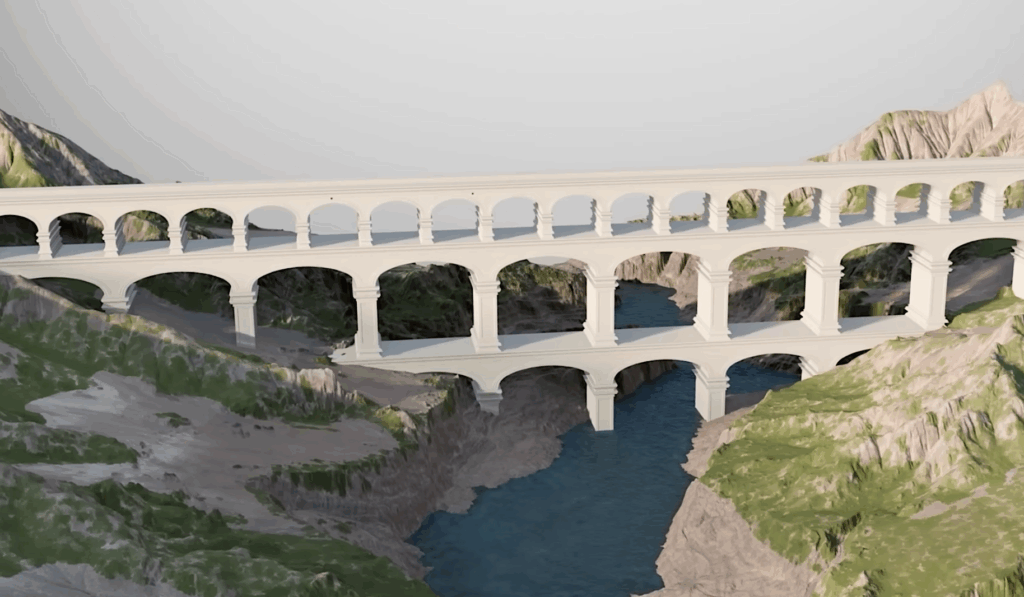
"We tend to think of the Roman Empire as having fallen around 476 AD, but had things gone a little differently, it could have come to its end much earlier - before it technically began, in fact. In the year 44 BC, for instance, the assassination of Julius Caesar and the civil wars raging across its territories made it seem as if the founding Roman Republic was about to go down and take Roman civilization with it."
"It fell to one man to ensure that civilization's continuity: "His name was Octavian, and he was Caesar's adopted son," says science reporter Carolyn Beans in the new Coded Chambers video above. "At first, no one expected much from him," but when he took control, he set about rebuilding the empire "city by city" before it had officially been declared one."
"This ambitious project of restoration necessitated an equally ambitious shoring up of infrastructure, no single example of which more clearly represents Roman engineering prowess than the empire's aqueducts. Using as an example the system that fed the city of Nemausus, or modern-day Nîmes, Beans explains all that went into their construction over great lengths of challenging terrain - no stage of which, of course, benefited from modern construction techniques - with the help of University of Texas at Austin classical archaeology professor Rabun Taylor."
In 44 BC the assassination of Julius Caesar and ensuing civil wars threatened the continuity of Roman civilization. Octavian, Caesar's adopted son, restored political stability and rebuilt urban centers across the former republic, effectively initiating what became the Roman Empire. That restoration required major investments in infrastructure, with aqueducts serving as the clearest demonstration of Roman engineering skill. The Nemausus (modern Nîmes) aqueduct exemplifies long-distance water delivery over difficult terrain without modern construction techniques. Roman engineers prioritized precise channel slope to avoid erosion from excessive gradient and stagnation from insufficient flow.
Read at Open Culture
Unable to calculate read time
Collection
[
|
...
]